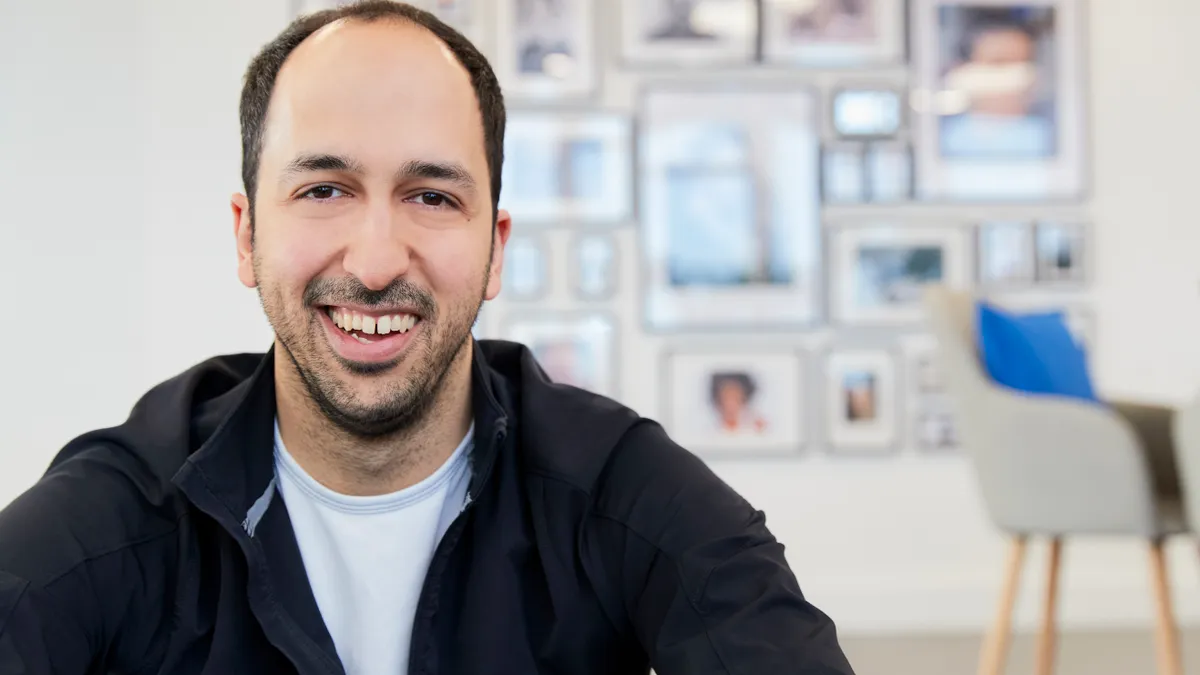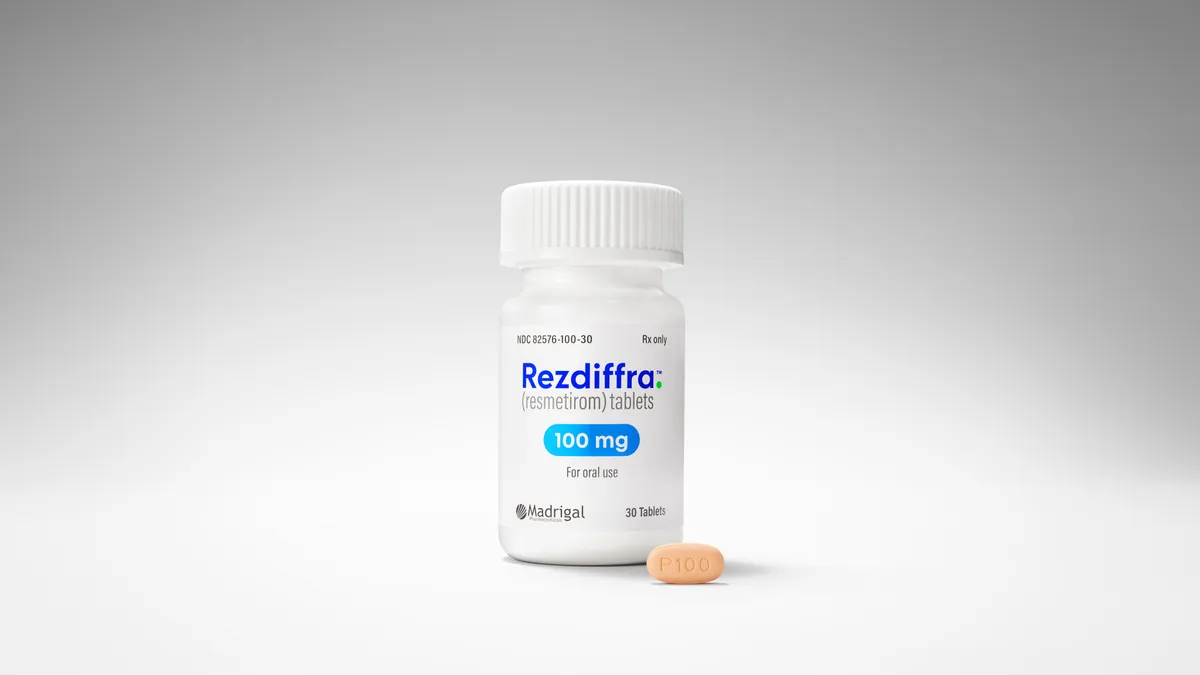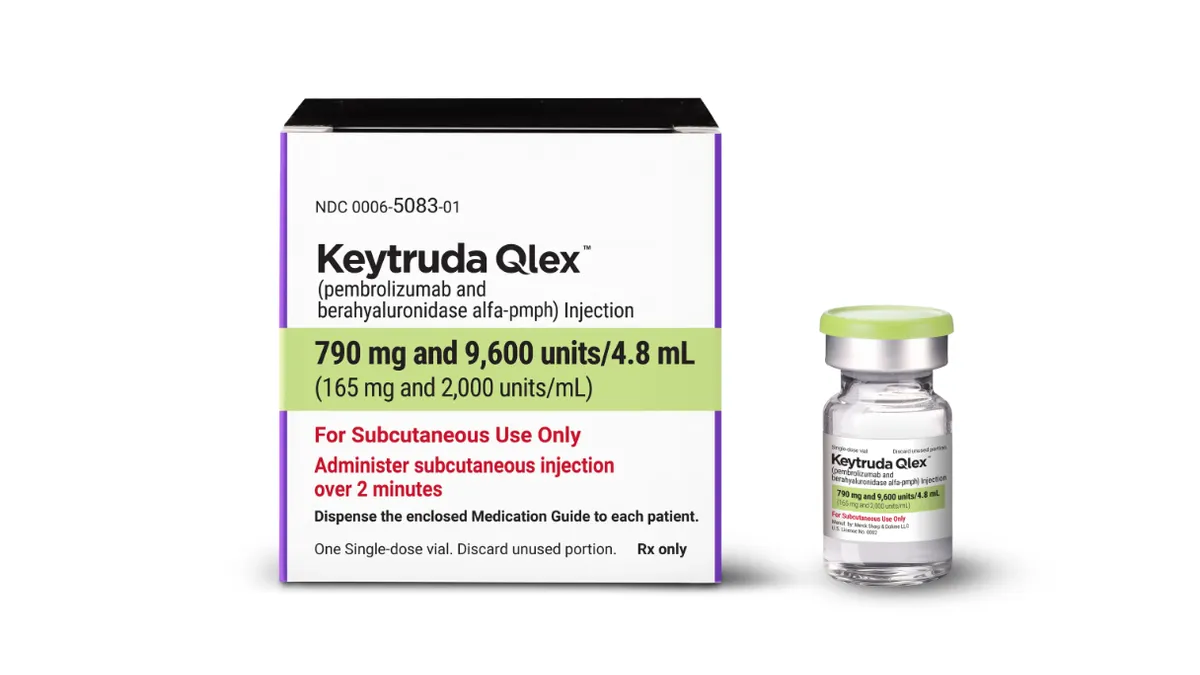Digital health has become an integral part of patients’ lives, with scores of health apps now available. How effective these apps are, however, depends on their reach and capacity, the app’s ability to adjust to a patient’s journey and how well the app connects to the broader healthcare environment.
These are all key considerations for the Prix Galien Foundation when recognizing excellence in digital health R&D. Products the foundation considers for its prestigious award must be evidence-based and demonstrate that they are making a significant impact on patients’ lives. Its 2022 selection for the coveted Prix Galien “best of the best digital health product” award went to Huma Therapeutics, whose digital health platform is not widely known, particularly in the U.S., but used extensively by healthcare systems and patients.
“While we’re doing some of the largest projects in the world, including powering countrywide healthcare systems and working with top 10 pharma companies, we tend to fly under the radar,” says Dan Vahdat, CEO and founder. “The Prix Galien award, which is considered by some to be the Nobel Prize of pharma, makes us more visible to pharma leaders and tells them that there is a powerful technology out there that they may not know about because we aren’t U.S.-based.”
Huma Therapeutics, which was founded in 2011 and is headquartered in the UK, says its platform is used by more than 3,000 hospitals and clinics by 1.8 million active users. What makes the platform unique is that it not only spans patients and providers but also the pharmaceutical industry, through its software as a medical device (SaMD) solution that companies are leveraging to power decentralized clinical trials (DCTs).
“Our objective has been to support the delivery of care, and that includes supporting the companies that create the products patients need to manage their health,” Vahdat says. “That obviously comes with lots of challenges. One question is how can a technology support all these variations? Hence why we developed a configurable, modular platform that can be adapted and applied based on the care pathway requirements.”
Here Vahdat discusses Huma’s journey from supporting care delivery to advancing connected care — from patients to providers to the pharma industry.
This interview has been edited for style, length and clarity.
PharmaVoice: Digital health solutions are ubiquitous, but Huma Therapeutics has distinguished itself in the industry. What makes your approach and platform stand out?
Dan Vahdat: From the patient perspective, our app is like a mini doctor in your pocket. It tells patients what to do, when to do it and how — a bit like a sat nav for a patient’s healthcare journey. It educates patients and nudges them when it comes to managing their care without overwhelming them with information. The platform also has a core functionality that enables family members or caregivers to be part of a patient’s care journey.
There’s an abundance of data that is collected from devices, sensors and patient input and we convert that data into insights, which can be accessed by clinicians to determine any treatment changes or action required to keep patients well and out of hospital. We also partner with the pharma industry through our SaMD solution to complement their treatment and help their patients to get the most out of that treatment, and we further bridge the care and research worlds with our support for DCTs.
Let’s talk a bit more about what you’re doing with clinical trials and what led you to enter the world of DCTs.
Our involvement with DCTs began a little over three years ago. We felt with the reach we had, impacting more than 27 million patients in some way and with deep expertise in several disease areas, it made sense to extend into decentralized and hybrid trials.
For pharma companies, it’s beneficial to work with a digital technology provider that has extensive experience in particular disease conditions and that has a network of patients with those conditions. Companies that work with us don’t have to go out and look for patients because we have them in our platform. We also know what patients with a given condition go through and what clinicians in clinical trial centers are asking for. That puts us in a unique position to power clinical trials.
We have the world’s largest DCTs for COVID studies, among many other studies, supporting multi-country and continent projects. DCTs have become hugely popular because you can recruit much faster, reach more patients, keep them engaged and attract a more diverse set of patients. As an example, we powered an atrial fibrillation DCT trial with Bayer and Stanford Medicine, recruiting 94% of participants in 12 days, increasing oral anticoagulation adherence from 85% to 96% in patients with a low baseline, and achieving 86% participant retention.
The Prix Galien award was a huge achievement for Huma Therapeutics. Why do you believe you were selected and what does the award mean for the business going forward?
We’re very grateful for the award. We weren’t expecting it, but it does help to extend our reach and credibility. When our patients have been interviewed about their health, they say that the Huma app is the most important one on their phone, and since our model is patient-based, if patients are using our app and are happy, we are doing what we set out to achieve.
While we’re perhaps not as well known as some other health app developers, the scale of the projects we’ve done and the companies and healthcare organizations we’ve worked with exceeds the top 10 players in the U.S. combined. Our technology is deployed globally, across Europe and the U.S., in China and in the Middle East. We’ve built some powerful strategic relationships with large pharma companies, in particular with AstraZeneca, and we would like to do the same with all the top pharma companies and become their extended digital arm.
Can you talk about the partnership with AstraZeneca, how the platform will be leveraged and how such partnerships will support future development and use of the platform?
Our partnership with AstraZeneca started about four years ago. AstraZeneca has experimented with different digital solutions, some with partners and some built internally, and, as much as those added value, they decided a better approach would be to partner with a company that has a tested and proven digital platform. So, we entered into a strategic partnership to take over what they were doing digitally and become their extended partner for SaMD and DCT, when and where that makes sense. Next, we’re focused on entering into more such partnerships with pharma companies and supporting more patients with their treatments and during the study phase of drug development. We have also shown from data captured through mobile phones or connected devices that you can predict, from a quality perspective, outcomes that are comparable to traditional tests, such as lab tests or imaging tests. Those tests are obviously very expensive, so if patients can do them from the comfort of their home, so much the better. Obviously, that takes time and requires thoughtful consideration around regulatory and other issues. Ultimately, we want to continue to add value and make the experience of managing health delightful for patients and their care providers.















